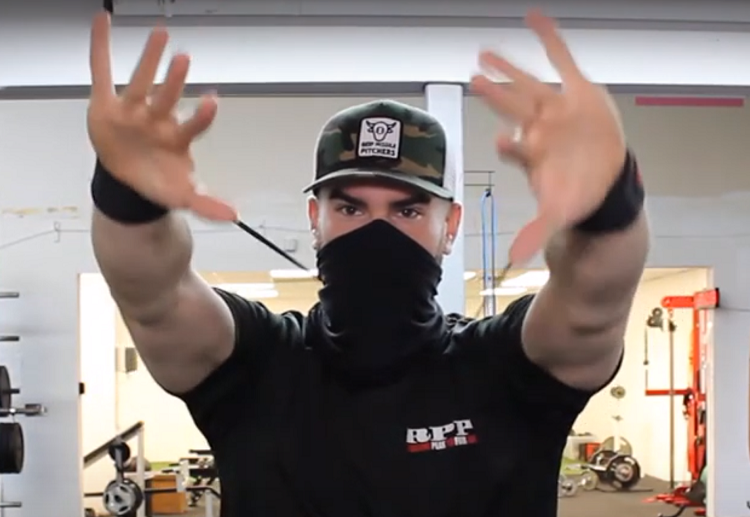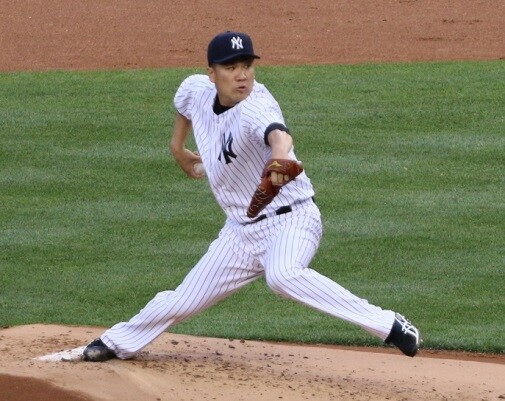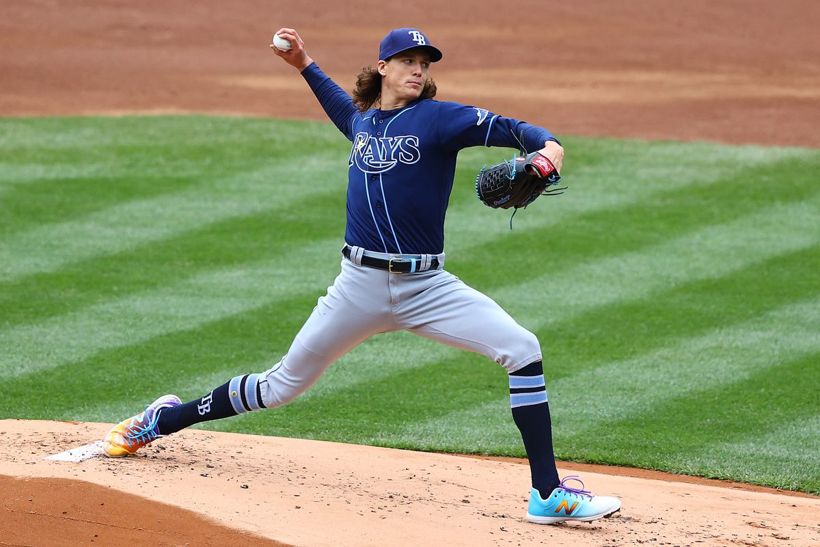
Having assessed hundreds of hitters at RPP, we have been exposed to all types of athletes and swings. As a part of our hitting assessment, one area we focus on is the player’s kinematic sequence and how energy transfers up the chain. Generally, we look for an efficient transfer of power up the kinetic chain in the following order, pelvis, torso, upper arm and hand. Although we have observed a large variety of different sequences, here are the 3 most common flawed sequences we observe among young hitters on K-vest: Continue reading “3 Most Common Kinematic Sequence Flaws in Baseball Swings”









